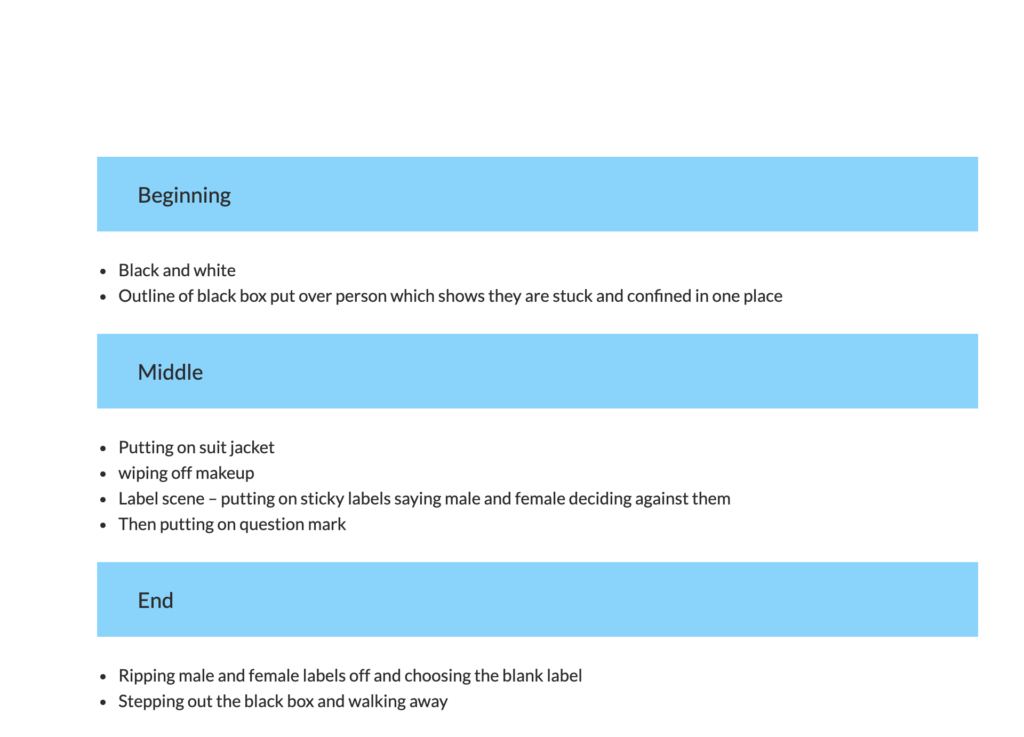
Film story board


Lexie, Lucie and Charlotte
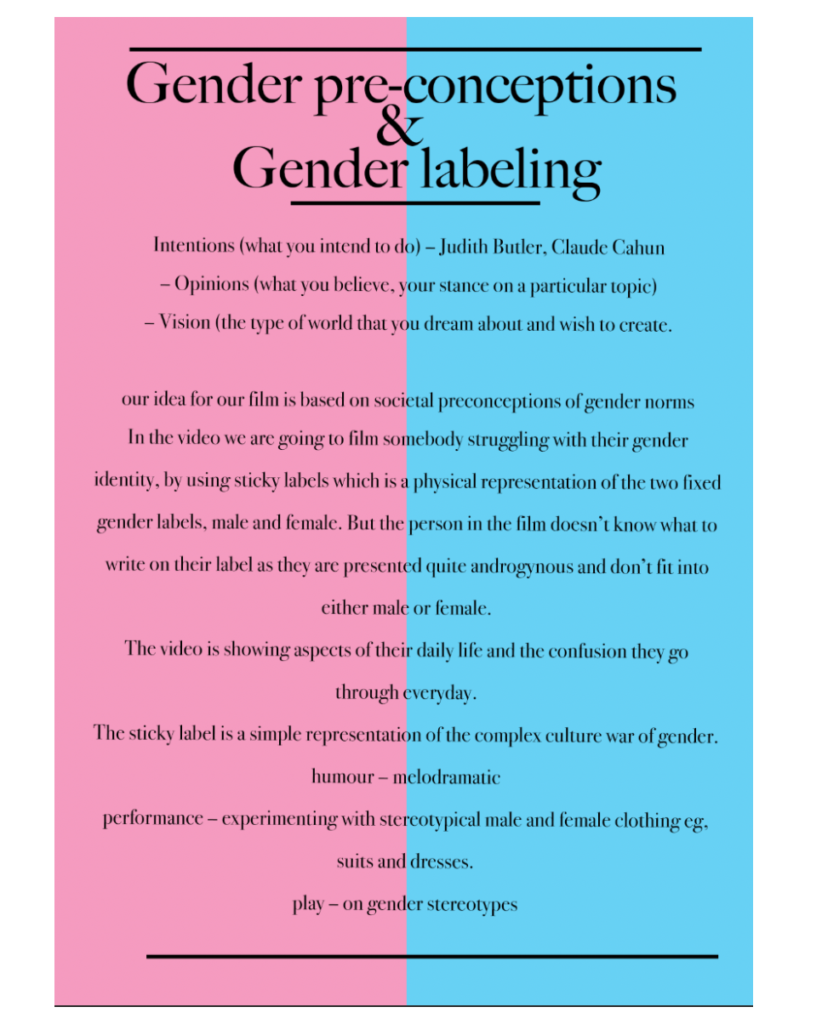
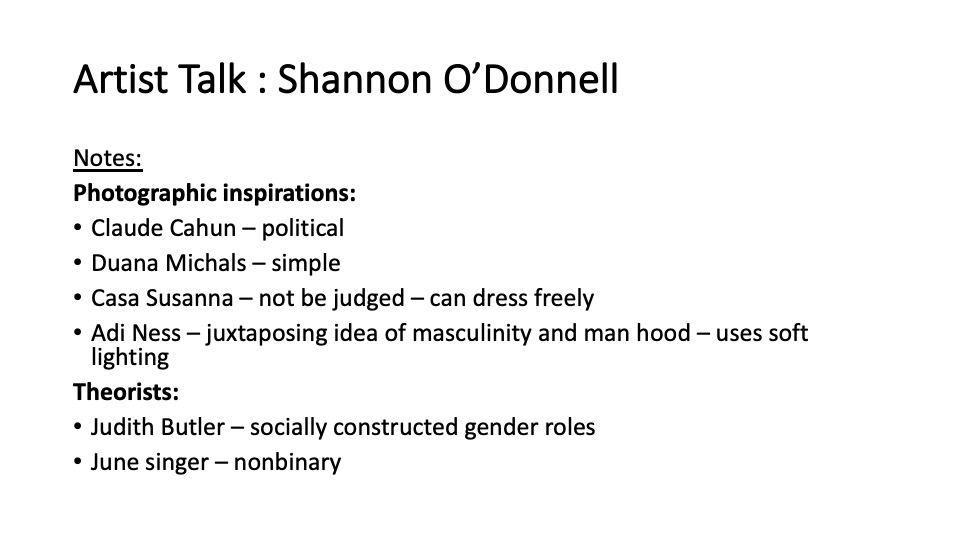
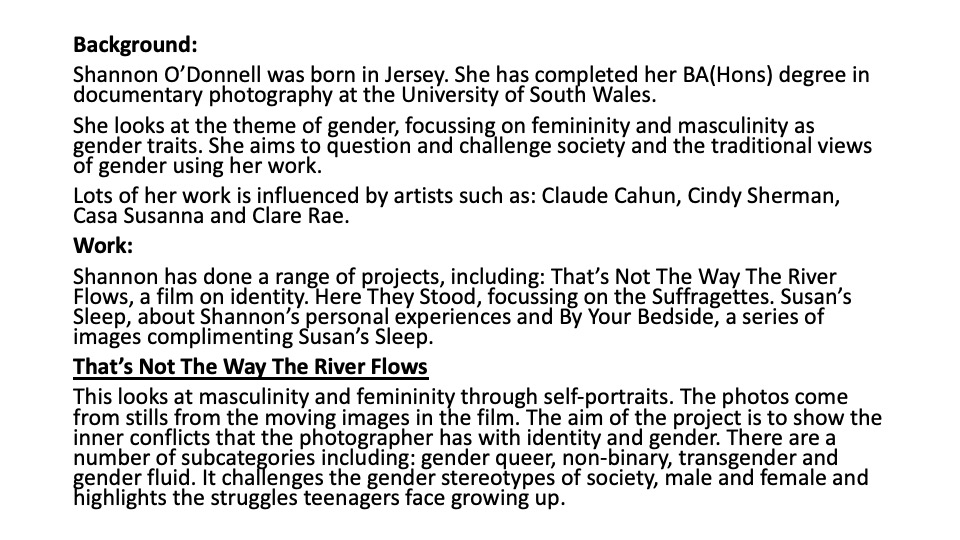
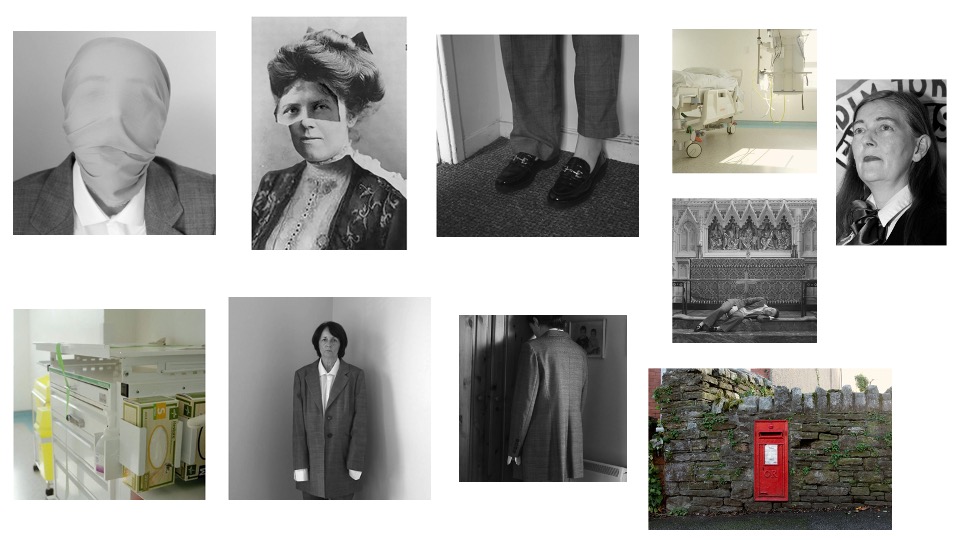
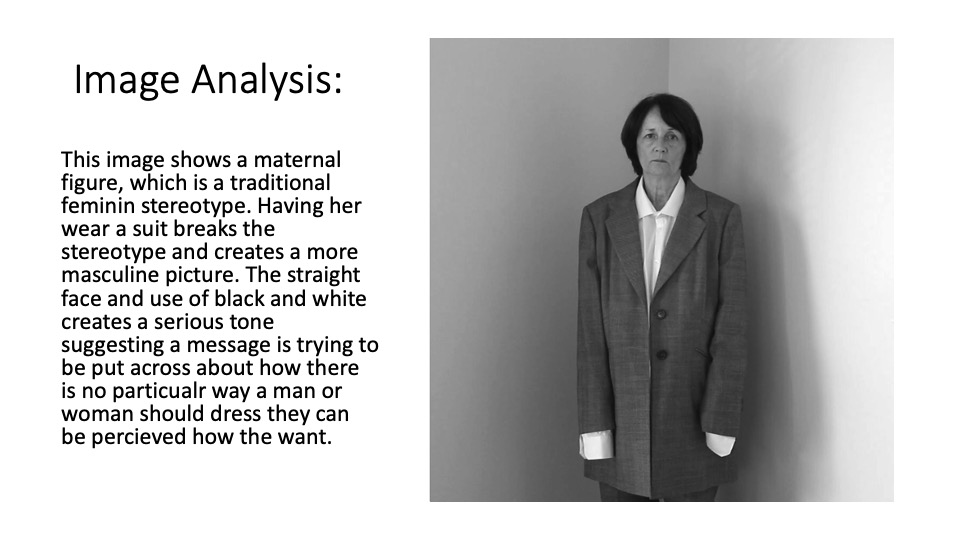

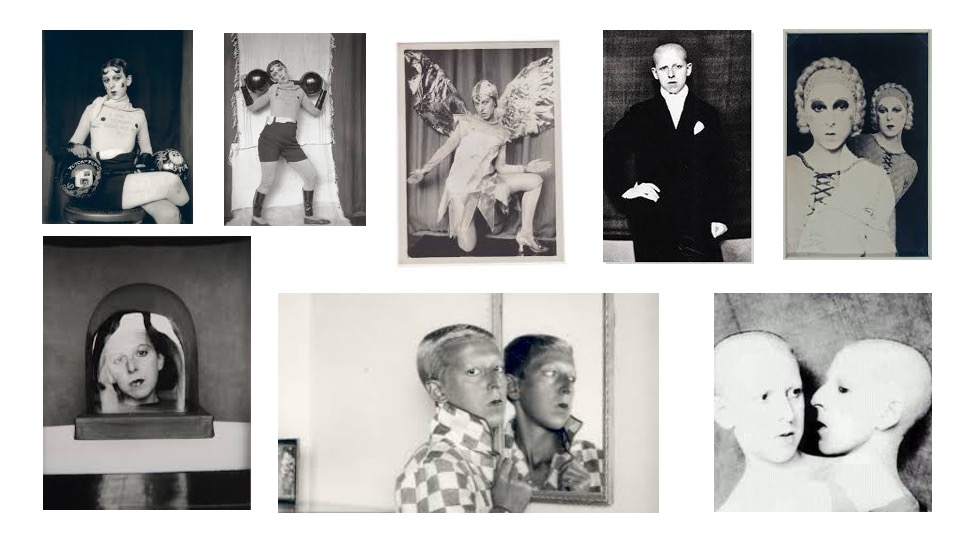
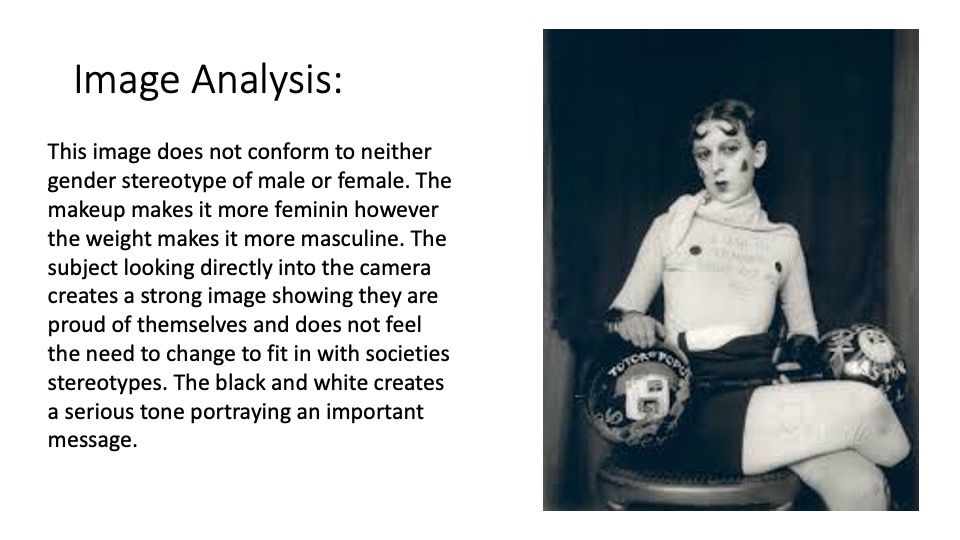


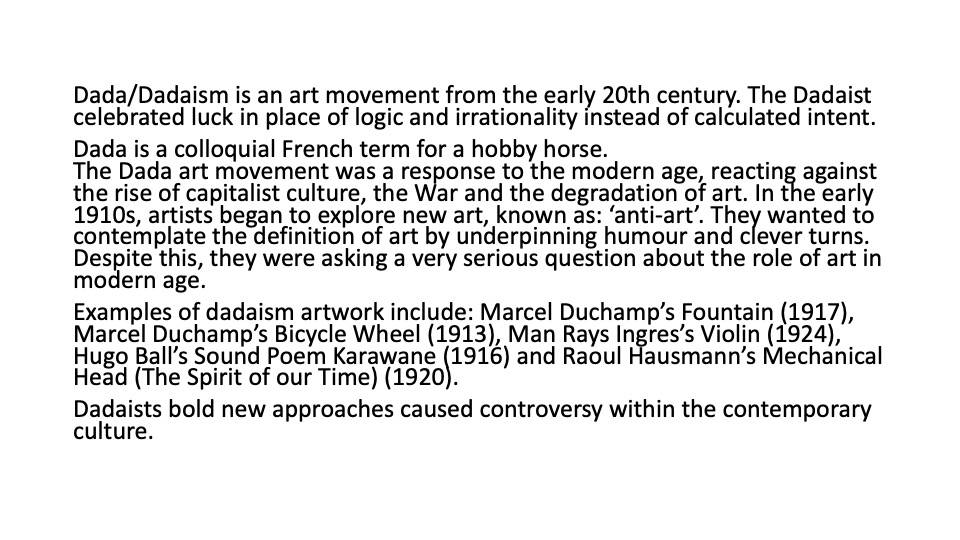
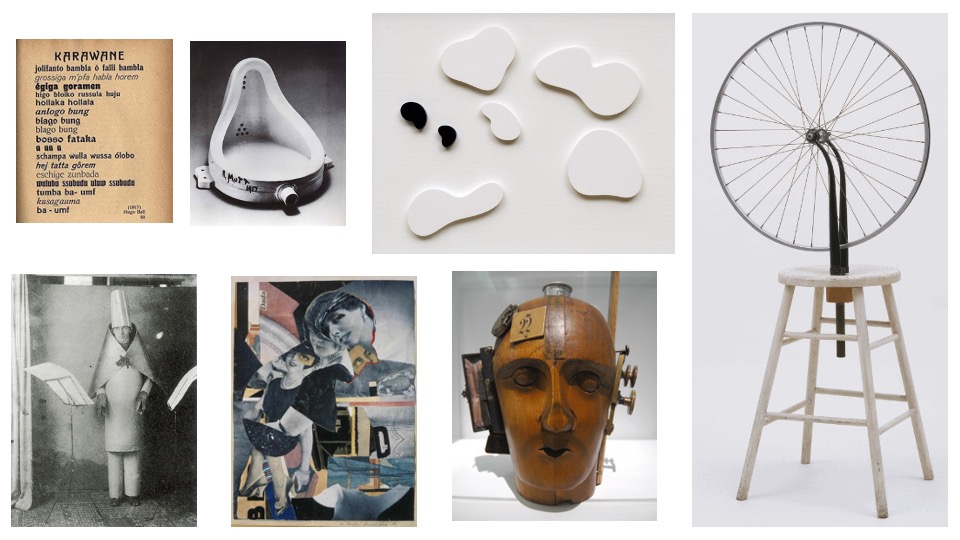

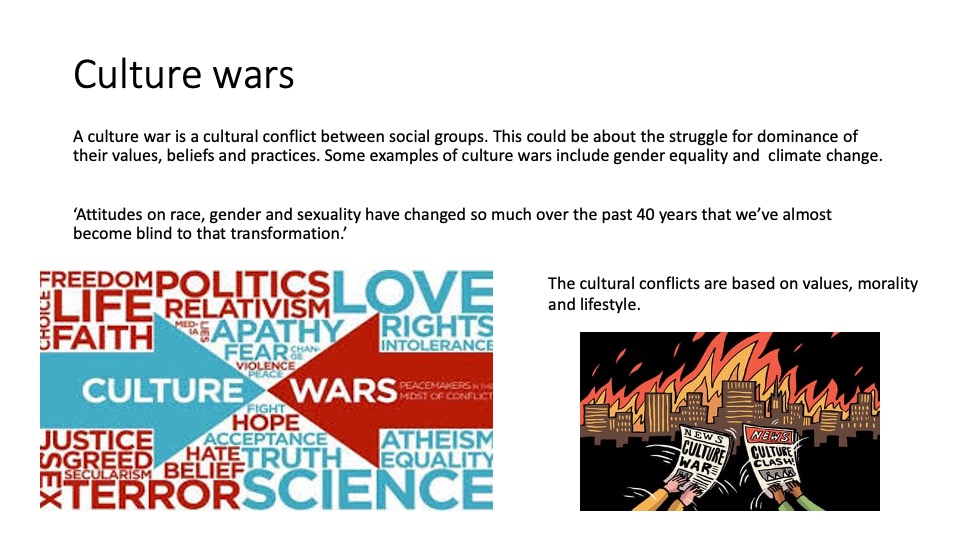













Ambiguous: open to more than one interpretation; not having one obvious meaning.
Our film is about how clothing isn’t something that needs to be gendered, men can wear “feminine clothing” and women can wear “masculine” clothing if they want to. In this day and age gender neutral clothing is starting to become the norm and we wanted to show off this controversial topic and encourage everyone to wear whatever they feel comfortable in wearing
Overall I think that this film was quite successful in the production and outcome as I think that our theme of cross dressing came out clearly through the use of audio video and images. I think the use of “collages” (mixture of videos and images in the same frame) worked really well in adding structure to our piece as it gave the audience a sneak preview of what the next outfit would look like but also helped to keep the audience entertained and cut down on footage time whilst still using the videos. Footage time was a problem as even after cropping images our film length was over 5 minutes long so the montages really helped to cut down on that time; the collages also allowed for more creativity and experimentation as we used different amounts of images/videos in every collage and organized them differently which I think made it interesting to watch.
I am also really pleased with the way the audio turned out as similarly with the photos and videos we had a lot of footage to go through as we had audio from interviews off youtube, audio interviews recorded by ourselves and background music/noises.
I think the warm hue used throughout the film works well in creating a “warm” and comfortable feeling to the film in a form of showing acceptance as it is okay to dress in the way you want and express yourself in any way you deem necessary as long as it doesn’t harm others. I think this also helped to give the film an aesthetically pleasing look to it as it gave it an almost old fashioned taste which I think contrasts well with the modern theme; this shows how far society has come but that there is still work to be done.
I think our main struggle we faced was going through all of our footage and cutting everything down to fit the 90 second brief; as this was the most time consuming process and made us force cut some scenes out. However I think that all our efforts really showed in the final presentation of our film as we picked the best videos that worked with the audios and photos and once we got all the videos in place the audio placement was easier as we knew where we wanted to fit everything.
I think that all our efforts and hardwork have been shown through this film and we are all happy that our message was able to come across to our audiences and we hope to have inspired people to stay open minded when it comes to clothing and try and maybe even experiment with different items of clothing to see if they can find a new found confidence; as after all clothing is just a piece of fabric that can be worn by anyone.
In order to create footage for our film we first recruited our models in order to see who we could use for our film. We ended up having 5 models; 4 boys and 1 girl.
When allocating our film time we took into consideration our frees and the models frees.

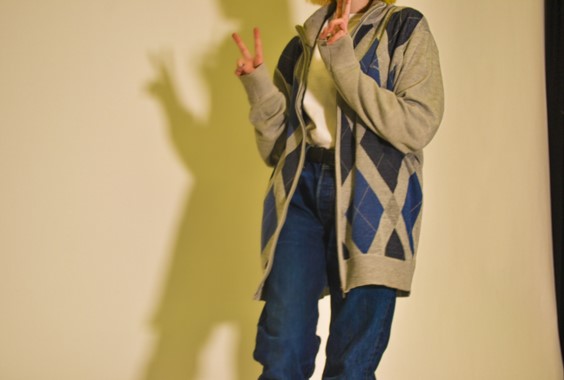
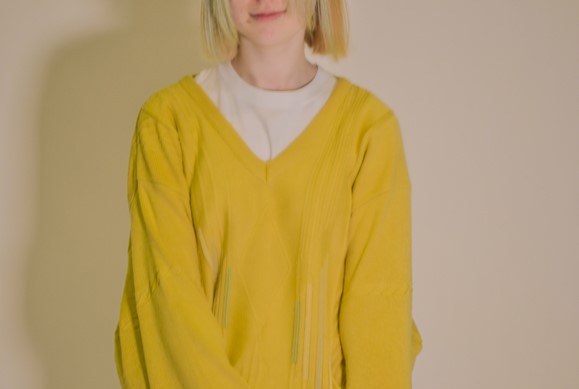
This shoot was taken in the studio as we focused on having the clothes as the main attraction. Here our studio set up up was mainly simple LED lights against a white backdrop as we wanted the colours of the clothes to be clear and contrast well against the backdrop. As we only had 1 girl we decided to use 3 “masculine” outfits. The first a Mens suit that fit her well and that she loves wearing we thought this was a great idea as traditionally women at formal events will wear dressed or other feminine alternatives and yet yet she is wearing a Mans suit which I think is quite powerful. The other two outfits is a combination of mens clothes such as mens jeans and mens cardigan which fit a masculine body yet here our model is wearing it well and with confidence.
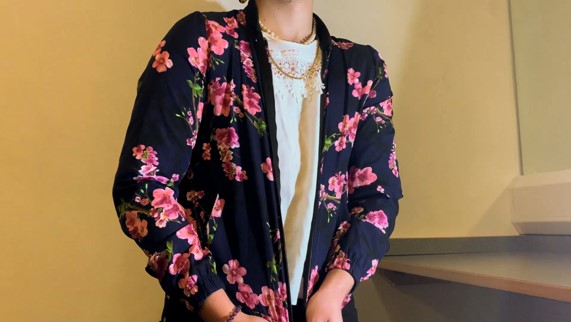

For our second shoot we couldn’t access the studio so we chose the Drama studio as a a secondary location, we chose this due to it having a mirror and table space which helped minic a home environment. For this shoot the main focus although was primarily on the models clothing choice; we thought we’d stretch those gender barriers further by having him put on makeup and feminine perfume and jewelry. This helped us to add something new to the shoot which helped to add to that rebellion side of our project as it is a controversial topic but that many people do and feel confident in wearing makeup and dressing in the opposite gendered clothing to a gsn break down that “gender barrier”
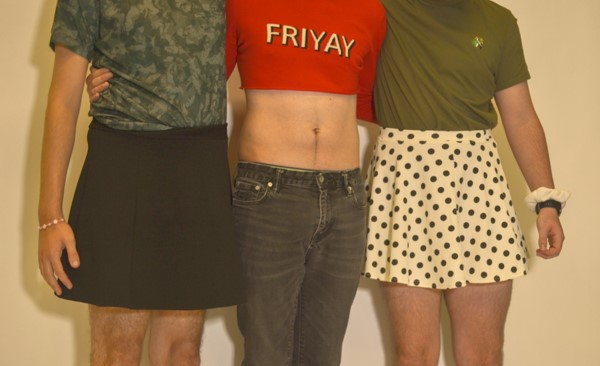
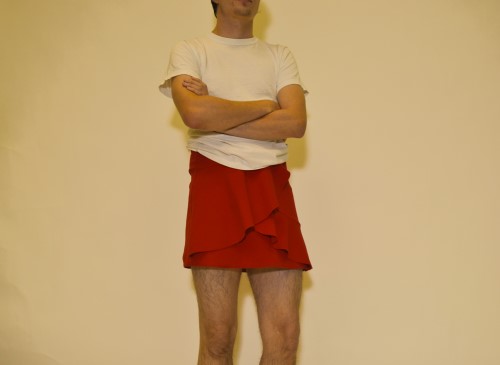
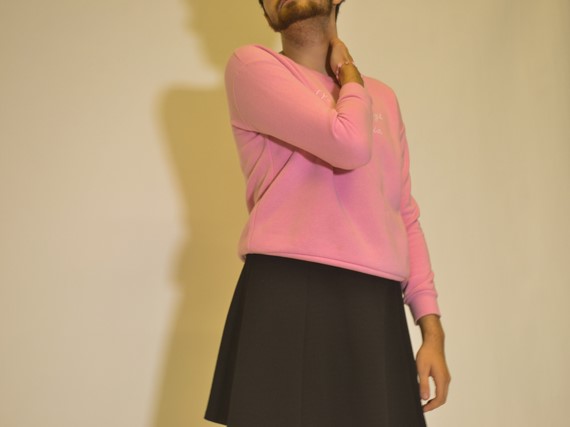
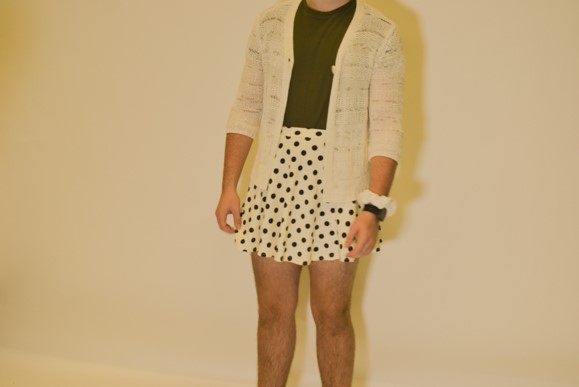

For this shoot we moved back to the studio to take images and videos of the boys, here we picked out outfits for them and or let them pick what they were comfortable in wearing before taking these images. I think this shoot in particular went well us we had 3 people putting out our same message on cross dressing and breaking gender boundaries

For the last shoot we decided to go outside and have the model pose in a more natural way; we thought that this could be a good idea as it was something different and we had really good lighting for this shoot.
We ended up changing a lot compared to our original plan; which at first was worrying but we realised that this ewass the easiest way to get through all the footage and make most the components in the footage we took work together, although this was a tough decision at first we were happy as we knew that this could arise in better outcomes
We chose to use Lightroom and Photoshop to edit our photos and audio recorders to crop audios; we placed everything together and created our film on Premier Pro
This is an example of a montage we created with a combination of videos and photos; here I started them at different times so that they could come on screen one by one.
Here is another example of a collage we created however this follows a different layout and these videos start and play all at the same time.
In this image it shows a lot of the behind the scenes process showing the different audios on top of videos/photographs such as background music on top of interviews on top of videos; this I think worked well as we didn’t want to keep the video simple but instead experimented with layering video and audio on top of each other. We also used effects at the start and end of the videos such as an “Exponential Fade” as this gave that cinematic effect to our piece and I think the fade of the logo alongside the fade in of the background music worked well together to ease the audience in to the film.

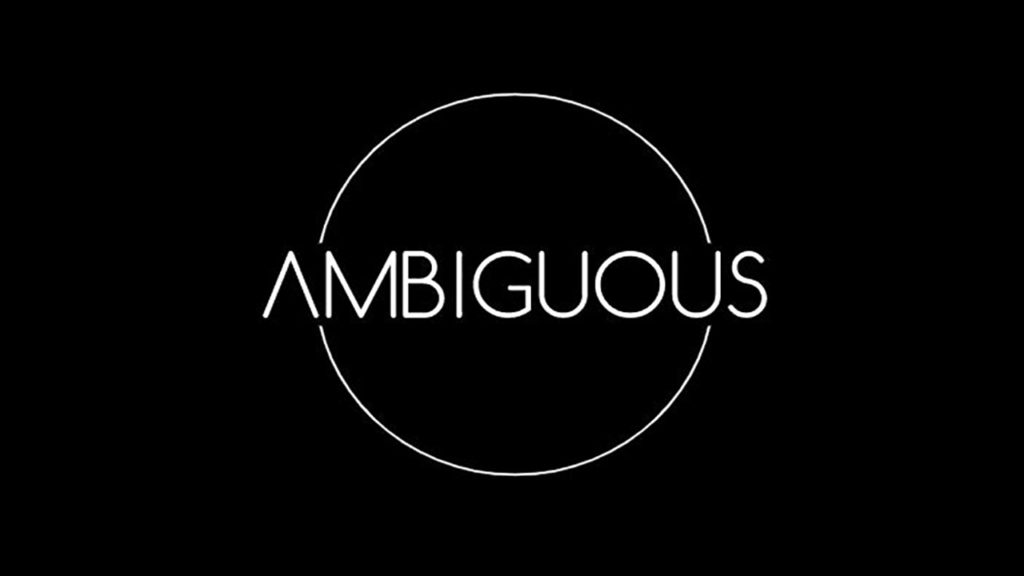
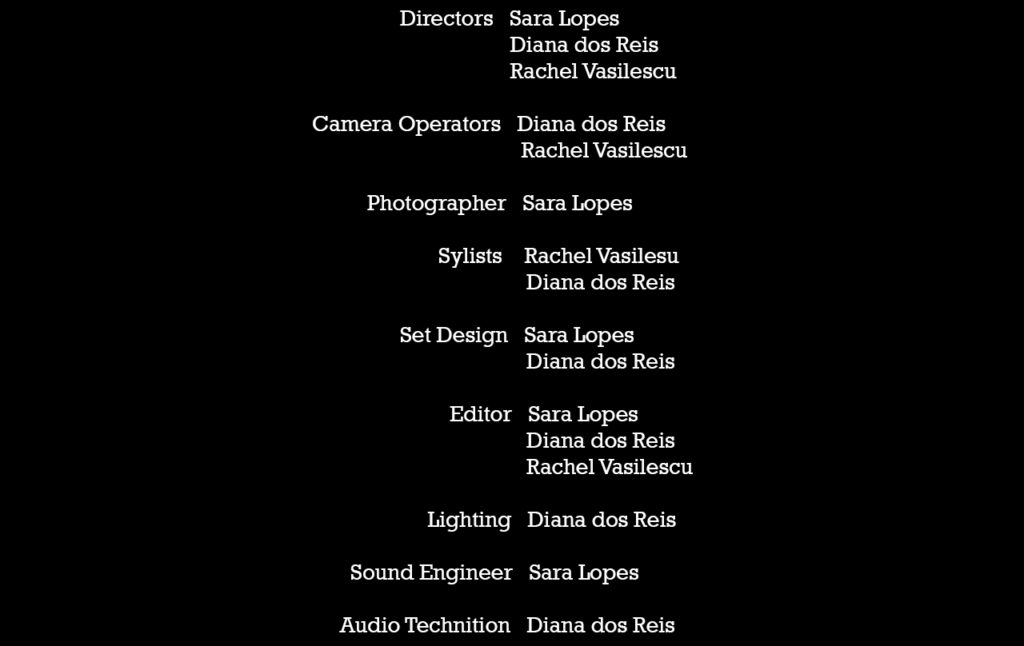
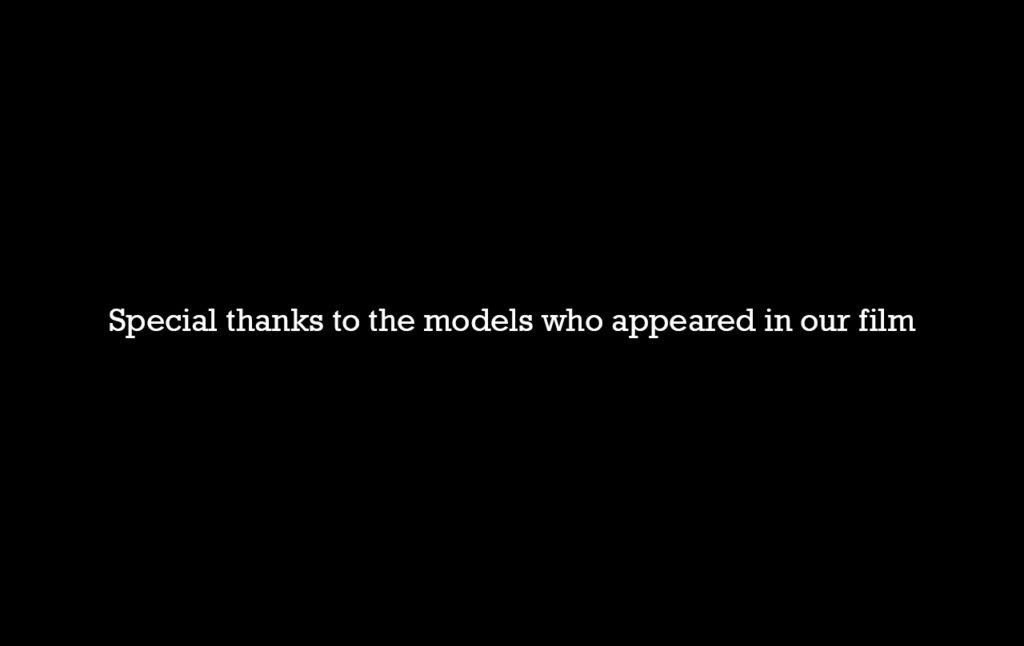
From your Personal Investigation based on LOVE & REBELLION write an overview of what you learned and how you intend to develop your Personal Study.
Love and Rebellion
How to use
CONOR NICKERSON & CHINO OTSUKA
Intentions
The overall story arc of our film shows the progression of lockdown in Jersey which has and still is being experienced globally as the Covid-19 pandemic doesn’t discriminate. This provokes thoughts of experiences shared as a result of these unprecedented times. I think we managed to capture this quite well.
Collaboration
Throughout the project, me and my partner Jake had a clear vision, we knew the story we wanted to tell and we knew how to go about filming and editing it. Hence, we split out roles in order to be as efficient as possible, where Jake was the designated editor as well as being responsible for capturing much of the footage, whereas I was the director having come up with the story, scene composition, title and title scenes as well as pestering Jake on exactly how I wanted the film to look in terms of both recording and editing. Overall, we spent many hours on this project and none of it went to waste, with each of us pursuing our vision and completing it not only on time, but in a presentable way.
Recording/Editing
We used a story board initially as well as many written plans on how we will record the film. Much thought went into this process, however rather quickly we came up with a solid plan with strong foundations to which surprisingly, we have very well emulated in other final piece as all of it was featured with very minor tweaks from the initial plan. Not only that, it gave us a clear vision and made it easier to record and edit as we knew what we wanted/needed, thus speeding up the process as we were far more efficient. Editing is Jake’s forte, hence why we both agreed he should be our designated editor for the entire project. To utilise his skills, Jake used Adobe Premiere pro CC which would enable the use of smoother transitions as well overlaying stills and sound effects to give the film a more dramatic and realistic vibe with depressing, dystopian tones and moods as well as many other cool features that most other editing platforms wouldn’t allow for, all of which I will highlight in a future blogpost listed below…
Recording/Editing In-depth Blogpost https://hautlieucreative.co.uk/photo21al/2020/11/26/new-normal-recording-editing/
Conclusion
Overall, the project was plain sailing most of the way, although we did encounter the odd problem along the way which I will highlight in my next post when I delve into detail about the recording and editing process. All in all, I believe the final outcome has greatly demonstrated the large amounts of work put into this project, especially from my project partner Jake’s side as he was the designated editor. Overall, what took over 5 hours of shooting was condensed to only 3 minutes which is testament to the amount of hard work put into such a small result. Furthermore, this is further emphasized when considering that despite the ideal film length being set to 90 seconds, we couldn’t help but produce a film twice the length as the story we tried to convey through our film couldn’t be condensed anymore than it already has been in order for it to make any sense.
However, based on feedback, there isn’t much we would change, other than the length of the film as it was exactly twice as long as the specification asked for as mentioned, as well as possible the camera quality which could’ve ben improved, however this would’ve required a better/higher megapixel or better resolution camera, which unsurprisingly we didn’t have access to.

We started off by adding a recording of the first coronavirus announcement in Jersey from the radio, right before we went into lockdown as the main sound to run underneath the whole film, because it adds context to the rest of our film and makes it more specific to where we live. For example when jersey was occupied the only source of information they could receive was through a radio and radios were banned. It was illegal to listen the the radio, which I believe to link in with the rebellion side of ourn film. The announcement was quite a bit longer than 90 seconds so we just cropped it down when it came to a natural pause in speaking around our time limit.
Then we incorporated a couple of other ambient sounds that we’d collected, like siren noises in the beginning and wave sounds later on, where we knew we would be showing footage of the ocean crashing against the rocks. We used the same skills of just cropping them to fit the timing of the associated footage, and raising or fading out the volume when necessary, using the Editing features in Premiere Pro.

We essentially used the same skills throughout the whole editing process, because we mainly only needed to crop video length, extend them by slowing down the speed, and also splitting videos into separate bits so as to make a more visually cohesive final product. We quickly learnt how to separate the video element from its original audio, because that would mess up our planned soundscape, and it would be a lot more effective and impactful if the videos were silent too.
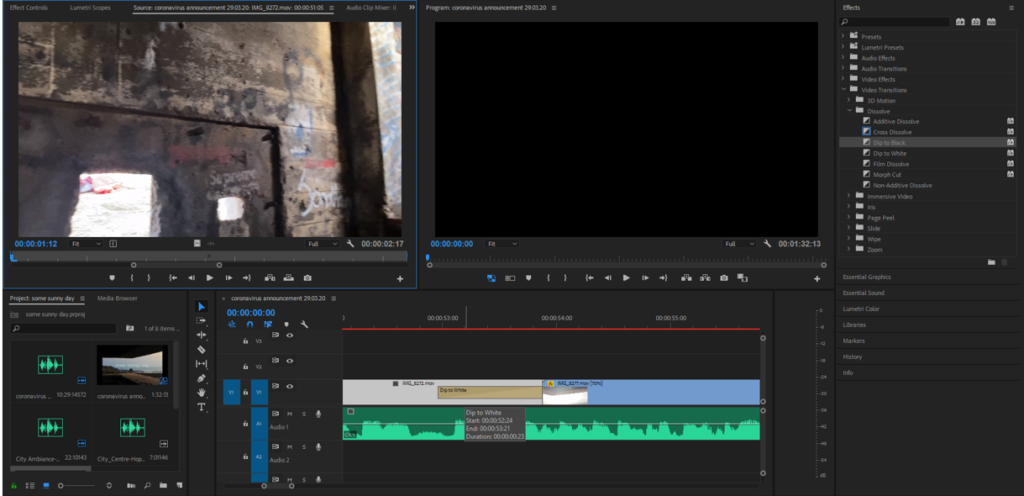
Here is an example of the sort of effects/transitions we used. For these couple videos we thought it would be best if the previous clip faded into white at the end and the clip afterwards faded into black, because the beginning and end of the middle clip were quite bright/dark, respectively. We achieved this using the Effects and Video Transitions panels in Premiere Pro.
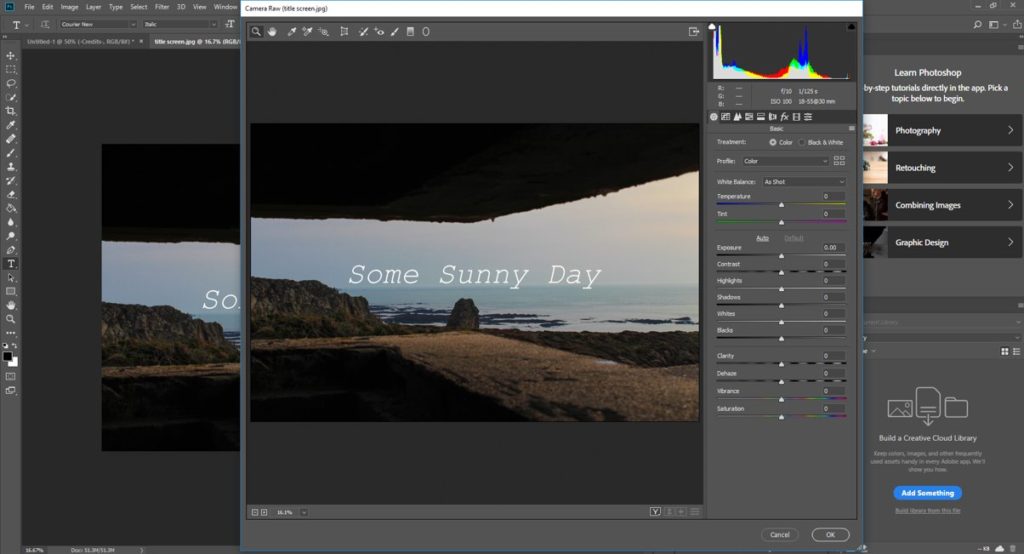
At this point we were roughly halfway through putting our short film together and we had finally decided on a title, which referenced the quote that features throughout the film, relating to Jersey’s historic Occupation period and also current affairs (lockdown/isolation). We thought a typewriter-style font would look good, and using a still image from the shoot at our location we switched to Photoshop to put together this title card, then imported it to Premiere and added it to the beginning of our film, leaving a couple of seconds of black screen whilst the audio started.
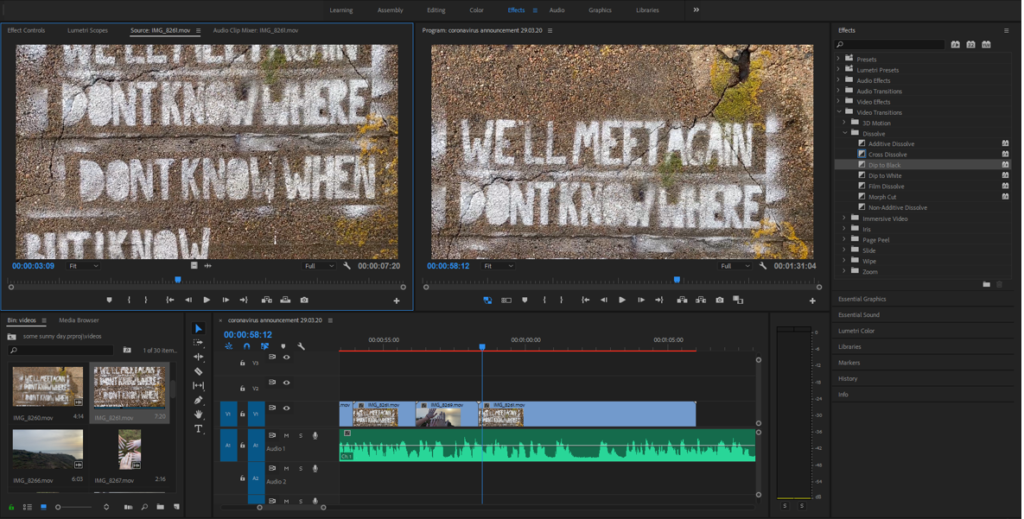
We had quite a long video which panned over the main quote as a whole, and we thought it would be good to cut it up into shorter parts, seeing as a lot of the rest of our clips were roughly the same length, and it would add some variety and make it more interesting if they were shorter. We had to slow the actual footage down to make the words easier to read, but it still had the intended effect, and we were able to incorporate much more of our footage by splicing it in-between each couple of lines.
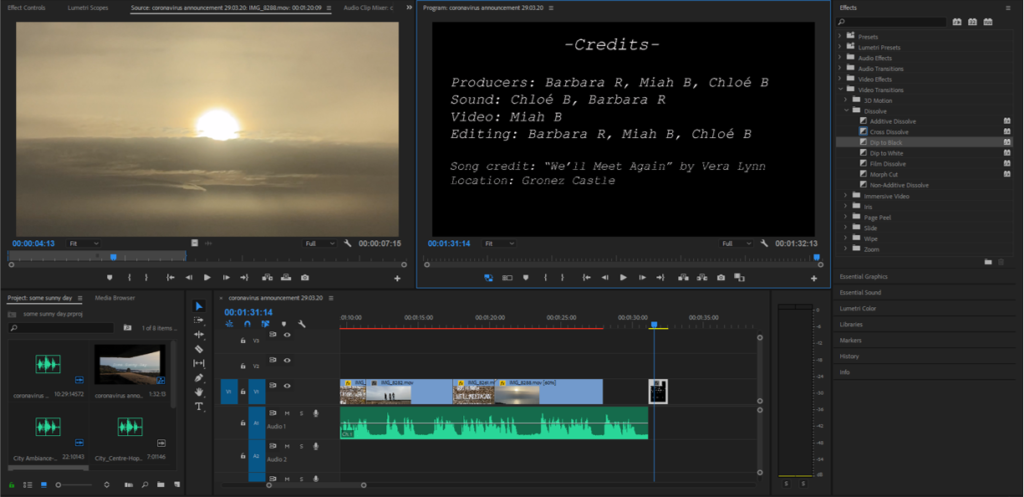
By this point we had used most of our good footage and were coming up to the 90 second mark so we added a longer landscape clip to tie up the whole film, then switched back out to Photoshop and created a credits end card with the roles we assigned at the very beginning. We chose to have a couple of seconds of just black screen with the audio still playing as it finished, because it mirrored how we started the film and it was a nice conclusion that wasn’t so visually overwhelming, keeping with the simple and minimalist vibe of the whole thing.